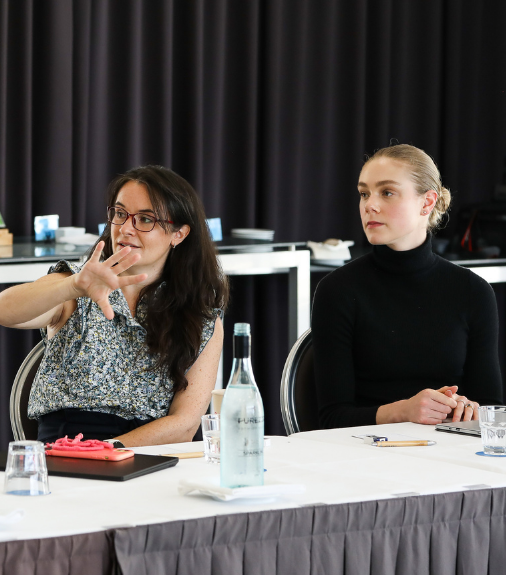We use cookies to help you navigate efficiently and perform certain functions. You will find detailed information about all cookies under each consent category below.
The cookies that are categorized as "Necessary" are stored on your browser as they are essential for enabling the basic functionalities of the site. ...
Necessary cookies are required to enable the basic features of this site, such as providing secure log-in or adjusting your consent preferences. These cookies do not store any personally identifiable data.
Functional cookies help perform certain functionalities like sharing the content of the website on social media platforms, collecting feedback, and other third-party features.
Analytical cookies are used to understand how visitors interact with the website. These cookies help provide information on metrics such as the number of visitors, bounce rate, traffic source, etc.
Performance cookies are used to understand and analyze the key performance indexes of the website which helps in delivering a better user experience for the visitors.
Advertisement cookies are used to provide visitors with customized advertisements based on the pages you visited previously and to analyze the effectiveness of the ad campaigns.
Other cookies are those that are being identified and have not been classified into any category as yet.


As part of the UK Civil Service HR (CSHR) programme BEIS led an effort to review and reform how HR is delivered across government. Q5 were selected to support the internal BEIS team to design several Target Operating Model (TOM) options showing how resourcing activities could be “clustered” across government departments in the Matrix cluster. Midway through this work, the Machinery of Government (MOG) change led to two of the newly formed ex-BEIS departments (DSIT and DESNZ) needing to standup a new model for sharing Corporate Services resources.
Q5 were asked to pivot our team to support this design work with an initial emphasis on four shared Corporate Functions: HR, Finance, Digital, and Commercial for DSIT and DESNZ.
Q5 supported the internal team to design a high-level Target Operating Model (TOM), to provide a ‘Minimum Viable Product’ (MVP) view of the activities that should be shared or retained for each function and the structure and internal governance for Shared Corporate Functions, including how to manage the customer and functional interfaces. This MVP was set up to serve DSIT and DESNZ immediately after the MOG, but it had a core design principle: to ensure the solution would be scalable to others in the Matrix cluster (and beyond) when conditions were right.
Subsequently, Q5 were asked to define the enabling framework for the new Shared Service concept (now named ICS – Integrated Corporate Services). We helped to identify and design the key enablers that would support an MVP shared function, as well as identifying those which might support a more detailed end-state function.
Thank you for the fantastic support you have provided to me, the team and the Department, and the expert, professional and kind approach you have taken during what I know has been a very intense piece of work.
